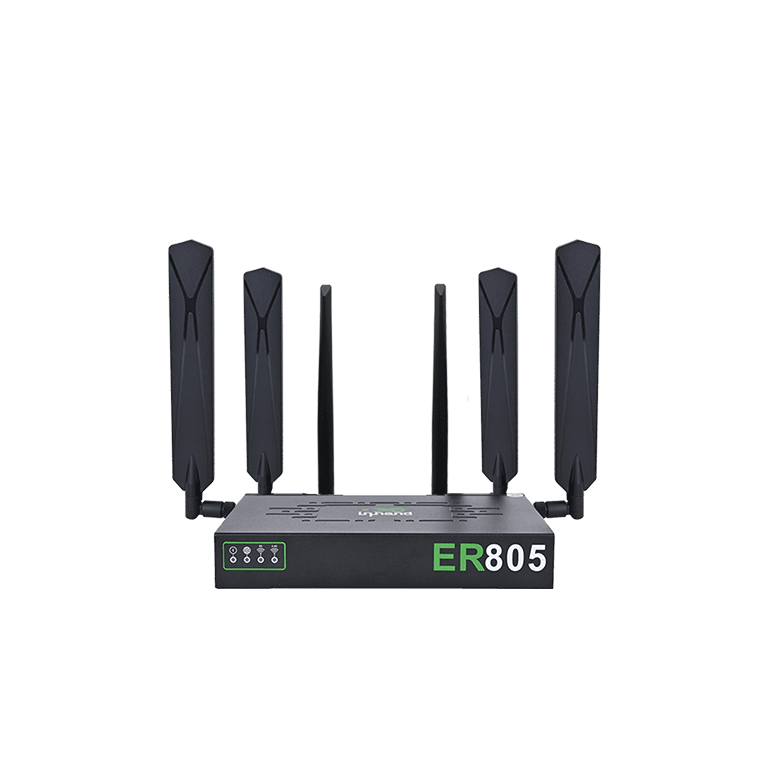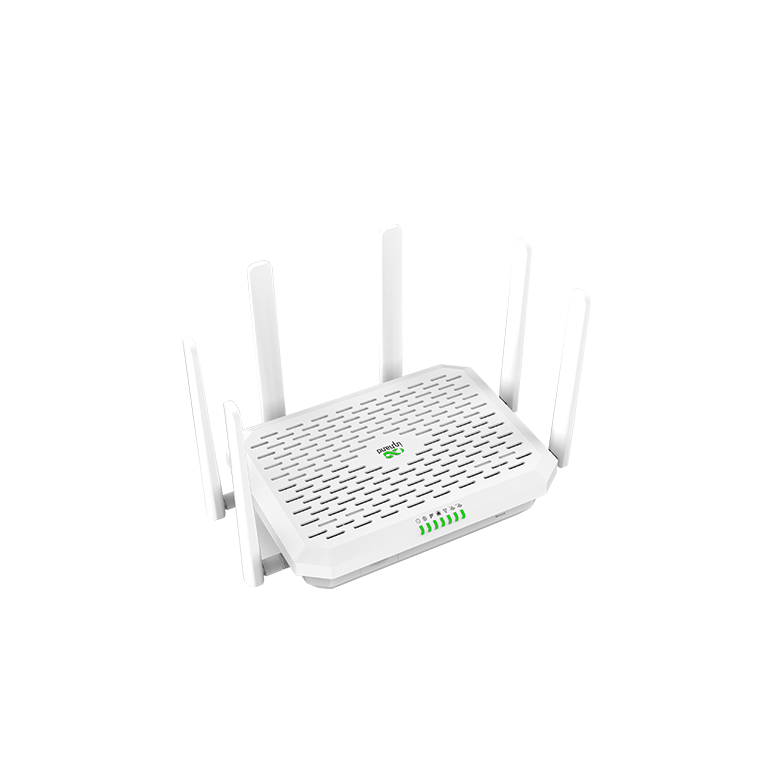
In today’s fast-paced digital world, network connectivity is the foundation of business operations. Whether supporting remote work, processing transactions, or running automated systems in factories, uninterrupted connectivity is essential for maintaining productivity and customer satisfaction. However, network outages—caused by ISP disruptions, hardware failures, or natural disasters—can be both unexpected and costly.
That’s why many businesses are now turning to 5G failover solutions—a modern, reliable, and cost-effective way to ensure continuous connectivity even when primary networks fail.
What Does Network Failures Mean to You?
Network failures can be disastrous for businesses of any size. Imagine your retail store’s payment systems going offline during peak hours, or a remote team suddenly losing access to crucial files during a project deadline. These outages lead to immediate revenue loss, reduced productivity, and frustrated customers. In industrial settings, downtime can halt production lines, causing expensive delays. Statistics show that a single network outage can cost more than $1 million directly or indirectly (Uptime Intelligence). The repercussions go beyond financial loss; downtime can harm a company’s reputation and erode customer trust.

Whether it’s a minor hiccup or a prolonged outage, network failures are costly and disruptive, making uninterrupted connectivity essential for smooth operations.
Solutions for Network Failures
When networks fail, businesses typically turn to a few common solutions:
- Secondary Internet Lines: A backup broadband or fiber connection provides an alternative when the primary network fails, but it can be expensive and may share the same vulnerabilities as the primary line, such as physical damage to infrastructure.
- Dual WAN Routers: These routers allow businesses to use two different ISPs and automatically switch to the backup connection if the primary one goes down. However, they still require two wired connections, which might not be available or practical for every business.
- Satellite Connections: Typically used in remote areas, satellite internet offers backup connectivity but comes with higher costs, slower speeds, and increased latency, making it less suitable for real-time services like video conferencing.
- 5G Failover: 5G failover is a modern solution that uses the speed and reliability of 5G networks as a backup when the primary network fails. This wireless solution offers more flexibility than wired connections and can be implemented across a wide range of devices and locations.
While these solutions work, they have limitations in terms of speed, reliability, and scalability, which is why many businesses are now turning to 5G failover for more robust, modern network resilience.
Why 5G Failover?
5G failover is quickly becoming the go-to solution for businesses seeking uninterrupted connectivity. Unlike traditional failover methods, 5G offers several key benefits:
- Speed and Low Latency: 5G networks provide high-speed connectivity, reducing any noticeable drop in performance during failover.
- Reliability: As a wireless solution, 5G is less vulnerable to physical disruptions such as fiber cuts, construction damage, or severe weather.
- Scalability: 5G networks can handle a large number of devices, making it suitable for businesses of any size, from small operations to large enterprises.
- Coverage: 5G’s growing coverage ensures that businesses can rely on this solution even in areas with limited infrastructure.
Whether ensuring seamless operations during an outage or providing backup in remote locations, 5G failover offers the performance and flexibility needed to keep businesses online without interruption.
Key Scenarios Where 5G Failover is Essential

- Retail: When payment systems or online services go down, sales and customer satisfaction take a hit. 5G failover ensures continuous transactions and operations during peak hours.
- Healthcare: In critical environments where systems like patient monitoring rely on connectivity, 5G failover provides crucial backup for uninterrupted service.
- Remote Work: Distributed teams depend on a stable connection for productivity. 5G failover prevents disruptions during essential meetings or deadlines.
- IdO industriel: Factories and automated processes rely on consistent data flow to prevent costly production halts. 5G failover keeps operations running smoothly.
How 5G Failover Works
5G failover acts as a backup that automatically kicks in when your primary network goes down. Once the failure is detected, the system seamlessly switches to a 5G connection, ensuring minimal to no downtime. With its low latency and high-speed capabilities, 5G provides a reliable bridge until the primary connection is restored. The setup typically integrates smoothly with existing network infrastructures, allowing businesses to maintain continuous operations without manual intervention or complex installations.
Here is an example of how a 5G failover solution works.
Conclusion
In today’s connected world, network reliability is crucial for businesses to maintain productivity, revenue, and customer satisfaction. While traditional failover solutions can offer some protection, the speed, scalability, and reliability of 5G failover make it the optimal choice. With its seamless integration and ability to handle outages without interruption, 5G failover ensures businesses stay connected, even in critical scenarios. To safeguard your operations and avoid costly downtime, adopting a 5G failover solution is a smart investment in your business’s future.

